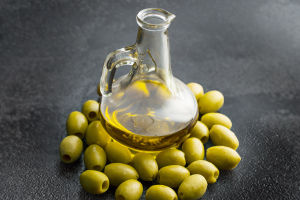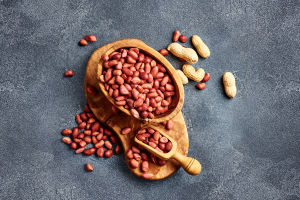The coconut, scientifically known as Cocos nucifera, is a remarkable and versatile fruit, renowned in tropical regions worldwide.
From its ability to float across vast stretches of ocean to its use in a myriad of products, the coconut holds a unique place in both nature and human culture. We often think of the coconut as just a tropical delicacy, but it is so much more than that.
The Coconut Tree: An Evergreen Wonder
The coconut tree, standing tall and proud, is an evergreen palm that can reach a height of up to 30 meters. Its long feather-like fronds stretch from the top of the tree, measuring between 4 and 6 meters in length. Each frond has 180 to 250 small, leathery leaflets, which give the leaves a unique texture. The tree's trunk is smooth and single, with no branches. As the tree matures, the old fronds fall away, leaving a bare trunk. The coconut tree has a distinct ability to thrive in the hot, tropical climates, playing a significant role in the ecosystem of these regions.
The Coconut Fruit: A Marvel of Nature
The coconut fruit itself is an extraordinary creation. It is round or oval in shape, with a characteristic triangular apex. The mature fruit measures between 20 to 30 centimeters in diameter and is covered by a hard brown husk. Within the husk lies the edible part—the seed, also known as the "coconut kernel"—which is a highly nutritious food source.
When young, coconuts are green and triangular in shape, much like a football. These young coconuts are typically harvested before reaching full maturity. In tropical regions like southern Thailand, specially trained monkeys are used to harvest these coconuts, showcasing a fascinating aspect of local agriculture.
The Nutritional Value of Coconut
Coconut is not only known for its versatility in cooking but also for its impressive nutritional profile. Every 100 grams of coconut flesh contains about 354 kJ (85 kcal) of energy, with 12.76 grams of carbohydrates, 10.1 grams of sugars, and 1.3 grams of dietary fiber. While the fruit is low in fat, it contains small amounts of healthy fats, including polyunsaturated and monounsaturated fats. It also offers a trace of various vitamins and minerals, including vitamin C, calcium, iron, and magnesium.
The coconut water inside young coconuts is another treasure, offering a naturally refreshing drink. With its sweet, almost clear taste, it serves as a natural electrolyte-rich beverage, popular in hot climates for hydration.
Coconut Uses: Beyond the Kitchen
We often see coconut used in cooking—coconut milk, coconut oil, and shredded coconut are staples in many cuisines, especially in tropical regions. However, its uses extend far beyond the kitchen. In the construction industry, coconut husks are used as material for making ropes, mats, and even as a natural filler for mattresses. The coconut shell can be turned into charcoal, and the wood is sometimes used in carpentry.
The Coconut's Global Reach
Coconuts are incredibly adaptable, and one of the reasons for their widespread presence is their ability to float across oceans. This allows coconut seeds to travel vast distances, often ending up on distant shores far from their origin. This remarkable characteristic has made the coconut tree a symbol of the tropics, with coconut palms lining the coastlines of many islands around the world.
Practical Tips for Enjoying Coconuts
If you’re ever in a tropical area, try cracking open a fresh coconut yourself! You can drink the coconut water directly from the fruit, and once you’ve finished drinking, the soft coconut meat can be scooped out and eaten fresh. It’s a perfect snack to enjoy under the sun, giving you a direct connection to the earth’s bounty.
The Coconut's Lasting Legacy
The coconut's journey from the tropical shores to becoming a staple in kitchens and industries around the world is truly remarkable. Its versatility in food, construction, and even natural beauty highlights the incredible value this fruit offers. The coconut tree and its fruit have proven to be much more than just a tropical novelty; they are a testament to nature's ingenuity.
Next time you enjoy coconut, take a moment to reflect on the fascinating journey it has taken to get to you. From the sea to your home, the coconut’s story continues to unfold. Let’s stay curious about the amazing gifts nature provides us and keep exploring its wonders together!
You Won't Believe How Coconut is Processed And What is Made Using Coconut
Video by AKLA GELEN


